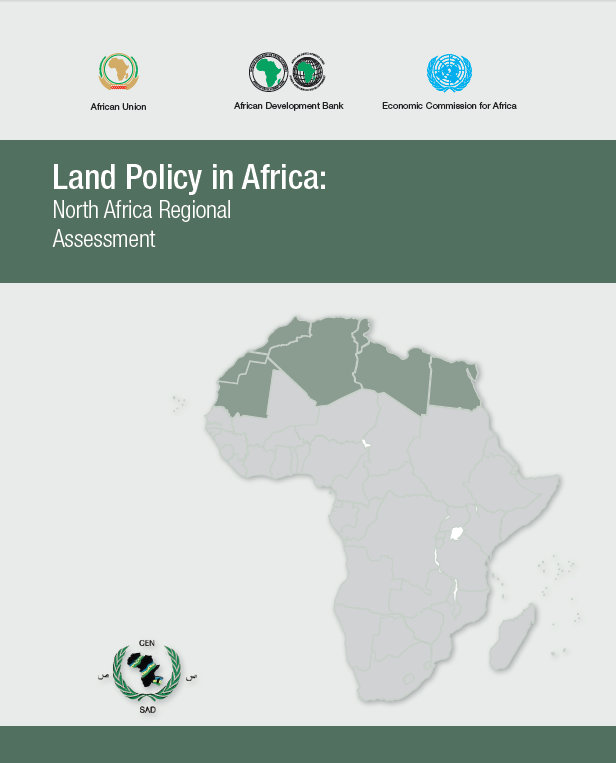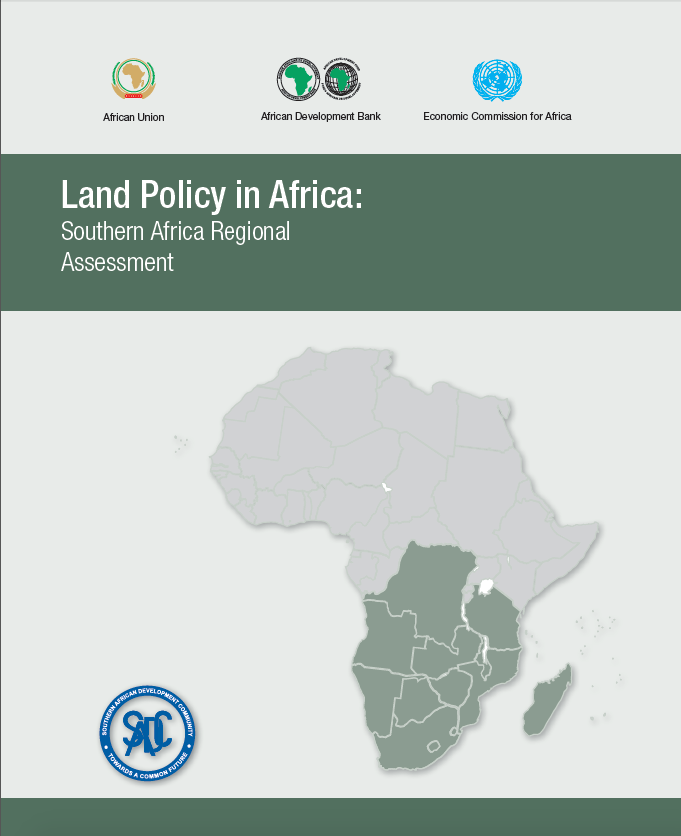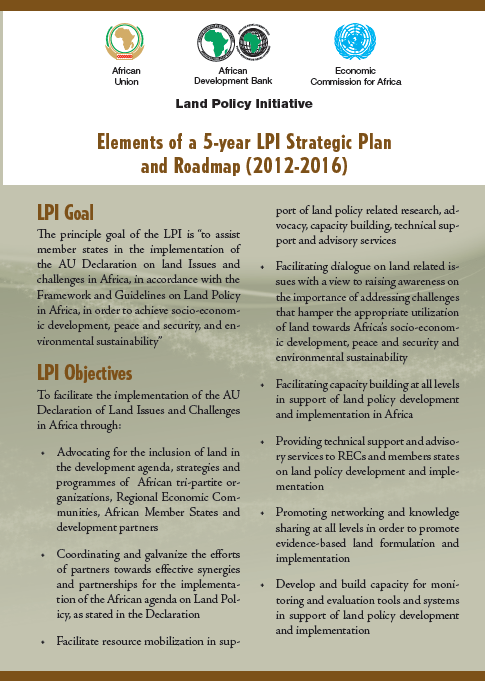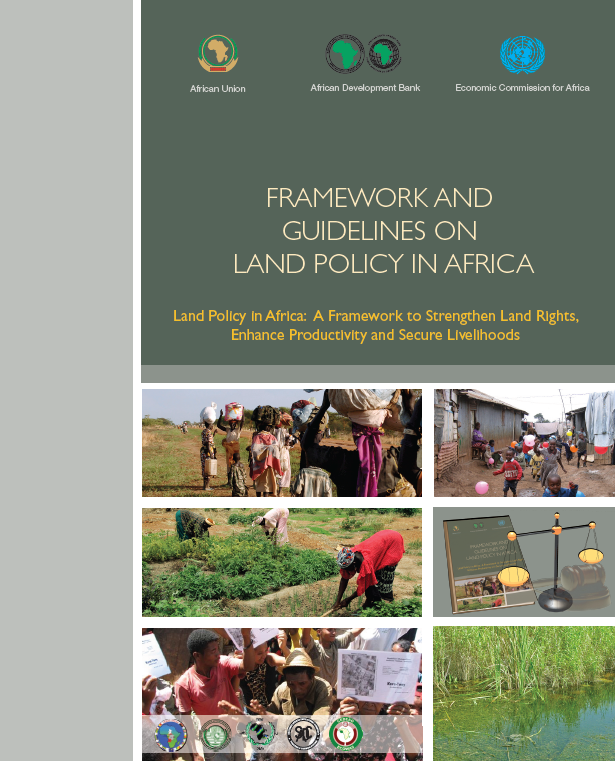Land Policy in Africa: North Africa Regional Assessment
The countries in North Africa share an arid and semi-arid environment with high diversity: mountainous areas run alongside maritime areas and desert. The population of the region was estimated at 160 million people in 2005 and is expected to be more than 270 million in 2030. Most of the population will live in urban areas. Currently, urban dwellers in North Africa represent more than 50% of the population and are expected to be more than 60% by 2030. However, the urban system in North Africa is suffering urban primacy.





